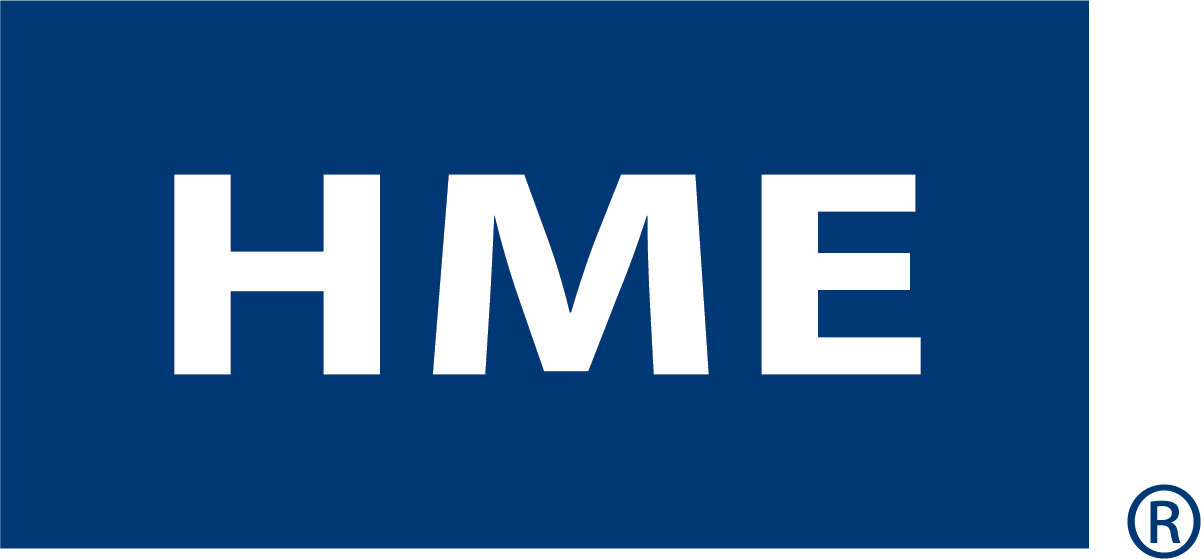 Special contribution:
Special contribution:
Mel Burt-Gracik, M.A., M.Div., BCC
HM Electronics, Inc.
“This step takes a little finesse, a special touch,” Jenny said, as she grabbed the component with needle nose pliers and deftly slid it into place. My attempt to insert the piece into the unit I was building took significantly more force and seven tries. The pride I felt when I finally got it was evident, like a child showing their parent an accomplishment, “I did it! Look!”
I was spending four hours on the factory floor building one of our products. My quota: 16 units in four hours. My true intention of what I was building? Empathy.
Empathy means feeling what another person feels, as if what they were experiencing was something you felt yourself. It looks like taking on another’s perspective, sometimes by literally putting yourself in their shoes — or as on my manufacturing day, their smock.
The product I built had 22 steps. I found my body drawn to the piece, my posture an unhealthy slump. I needed to apply deliberate effort to hold my stomach in and push my shoulders back. My back and neck started to ache if I didn’t make this conscious effort.
There were so many little movements required for each step, I had to keep looking at the instructions to make sure I didn’t miss any of them. At HME, we have a culture of customer care, and see each team member as an internal customer, so I had a lot of people checking on me to see how I was doing and if I needed anything to make my work easier. I mentioned my aching back and someone tried to get me a lumbar support pillow or adjust the height of the hanging power tools. In trying to solve my problem he modeled our value of continuous improvement.
After many units had been assembled I had more skill at placing the part that required some finesse, but one unit stumped me and one of the wires was stripped when I finished. Jenny, the supervisor assigned to my case, was fluttering between her direct reports, answering questions, tracking down a part, and solving problems to make sure her team had everything they needed to do their assigned jobs well. I called her over before progressing and pointed out my mistake, which she removed and I replaced correctly; the damaged piece recorded as scrap. “Uh oh, how much did I cost the company with my error?” I asked myself. To which I quickly answered, “Less than the cost of an upset customer who got a faulty product.” We have a culture where making a mistake is accepted so long as we use it to learn and get better.
In the last half hour I had five units left and had to hustle to finish them all, adding an extra 10 minutes to my shift so I could complete what I had set out to do. Seeing those completed units at the end — all neatly lined up — brought a wonderful sense of pride. Accomplishing something tangible felt rewarding.
As I walked back to my stand-up desk and all the emails I hadn’t responded to, I had a warm feeling of gratitude for all that our manufacturing employees do each day. I reflected on how brave you have to be to admit mistakes and the importance of our leaders to help our workers feel safe enough to be forthcoming with them. I had a sense of appreciation for each of those tiny steps these employees take, which are an expenditure of energy and brain power to create a product of high quality for our customers.
This is one of the profound gifts of empathy: appreciation. It turns out, when we step outside of our own perspective and attempt to understand what it is like to be someone else we end up realizing what they give to us.
Who in your organization do you need to understand better? Where would a bit of empathy benefit your team? What can you do to shift your perspective and understand others a bit more? Whose smock do you need to wear for a day?
Mel Burt-Gracik, M.A., M.Div., BCC is training and development specialist at 2019 AME Excellence Award recipient, HM Electronics. A version of this article first appeared on LinkedIn.


